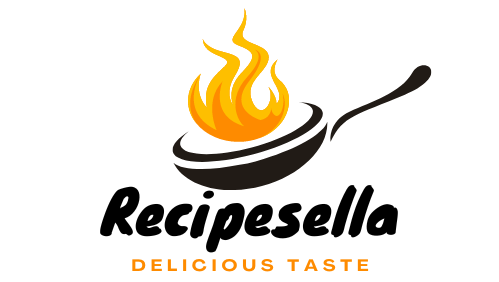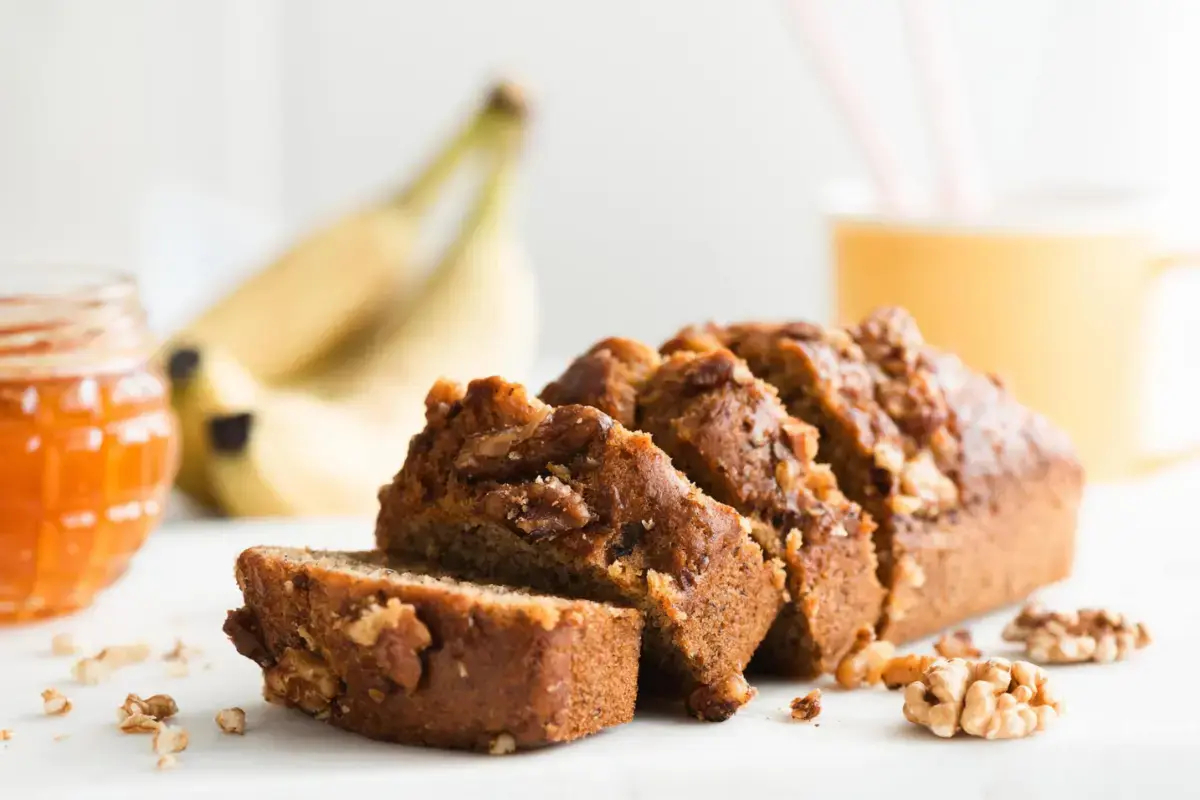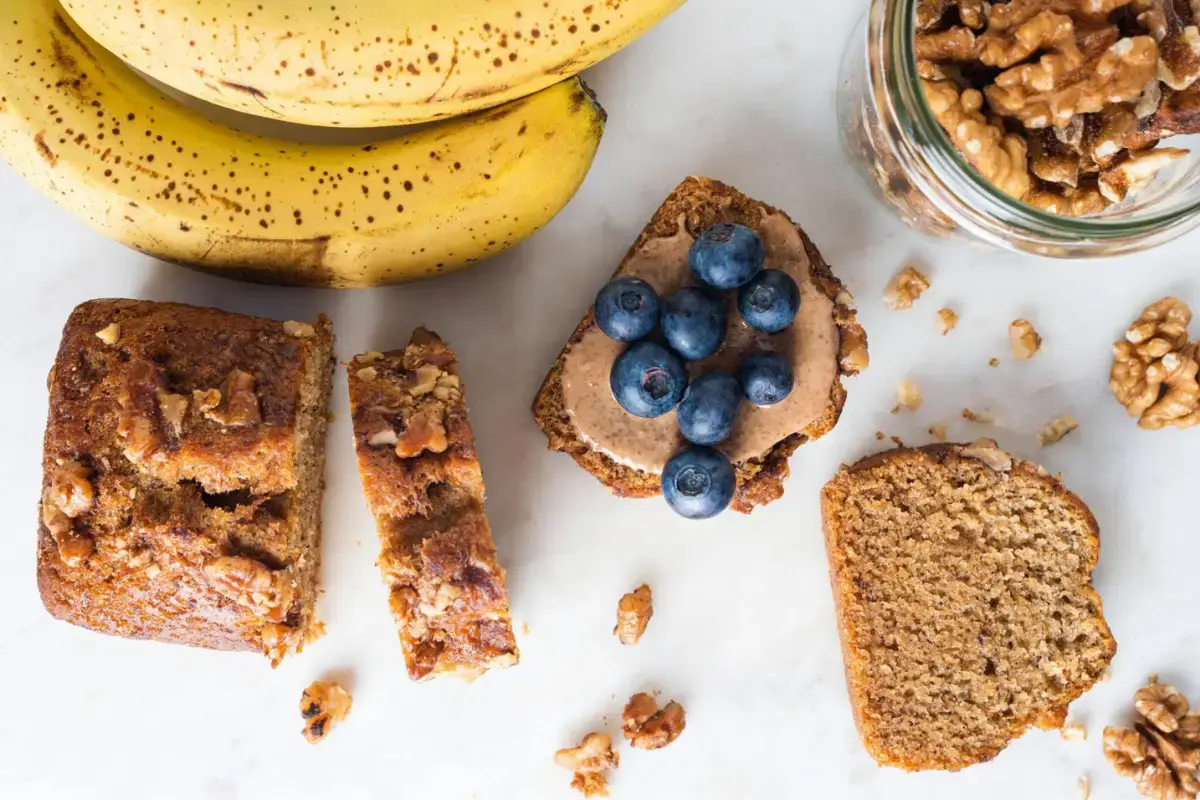Embarking on the journey of gluten-free baking can feel like navigating through a maze without a map. With the myriad of flour options and the science of blending them to mimic the properties of traditional wheat flour, it’s easy to feel overwhelmed. Yet, the quest for the perfect gluten-free bake is not only possible but can also become a thrilling adventure of discovery and creativity. This article aims to demystify the world of gluten-free flours for baking, offering insights into how to select, blend, and bake with these alternatives to achieve delightful results. From understanding the basics to mastering the art of gluten-free baking, we’ll guide you through every step, ensuring your baking journey is both successful and enjoyable.
Introduction to Gluten-Free Baking
Understanding Gluten-Free Flours
Diving into gluten-free baking is akin to learning a new language. It’s all about understanding the nuances and characteristics of gluten-free flours and how they can be combined to bring your favorite baked goods back to life, sans gluten. The key lies in recognizing that no single flour can replace wheat flour outright. Instead, a symphony of flours, each with its own unique properties, is often required to achieve the desired texture and flavor.
For those embarking on this gluten-free journey, it’s essential to explore various flour options. From the lightness of starches to the richness of nut-based flours, each type plays a crucial role in baking. For a deeper dive into the world of gluten-free baking essentials, consider reading our comprehensive guide on Mastering Mini Cheesecakes: Baking Guide, which offers insights into selecting the right tools and ingredients for perfect gluten-free desserts.
The Basics of Gluten-Free Baking
At the heart of gluten-free baking is the quest to replicate the structure and elasticity that gluten provides in traditional baking. Gluten, a protein found in wheat, rye, and barley, acts as a binding agent, giving dough its elasticity and cakes their sponginess. Without it, baked goods can easily become crumbly, dense, or dry. Hence, the challenge is to find the right blend of flours and starches that can mimic these properties.
Why Choose Gluten-Free Flours?
For many, the choice to go gluten-free is not a fad but a necessity. Conditions like celiac disease, gluten sensitivity, or wheat allergies require strict avoidance of gluten to maintain health and well-being. But beyond these health concerns, the exploration of gluten-free flours opens up a new realm of flavors and textures, making baking an exciting venture into uncharted territories.
Transitioning to gluten-free baking doesn’t have to be a daunting task. With a bit of knowledge and a willingness to experiment, you can recreate your beloved recipes with gluten-free alternatives. So, let’s roll up our sleeves, preheat our ovens, and embark on this gluten-free baking adventure together. After all, the world of gluten-free baking is vast and full of delicious possibilities waiting to be explored.
Types of Gluten-Free Flours
Light-Based Flours (Starches)
Diving into the world of gluten-free baking, we first encounter light-based flours, or, as we commonly know them, starches. These flours, light as a feather, play a crucial role. They act as the backbone, providing structure and tenderness to gluten-free baked goods. Think of them as the unsung heroes that bind everything together, ensuring your cakes and cookies don’t crumble at first touch. Popular choices include cornstarch, tapioca flour, and potato starch, each adding a smooth texture and lightness to your bakes. Experimenting with these can lead to the discovery of delightful textures in cakes and pastries.
Characteristics and Uses
Starches, with their unique ability to mimic gluten’s binding properties, have become indispensable in gluten-free baking. They’re the secret to achieving that sought-after tender crumb in cakes and the crisp exterior of cookies. When you whisk them into your batter or dough, you’re not just mixing; you’re architecting the very foundation of your bake’s texture.
Medium-Based Flours
As we delve deeper, we meet the medium-based flours. These are all-rounders, offering a balance between nutrition and usability. Flours like buckwheat, oat, and sorghum fall into this category, bringing a robust flavor profile and a nutritional boost to your baking endeavors. They’re the bridge between light starches and the denser, heavier flours, providing stability and substance without weighing down your creations.
Nutritional Value and Baking Properties
Medium-based flours shine in their versatility and health benefits. Rich in fibers and minerals, they not only enhance the nutritional content of your baked goods but also contribute to a satisfying texture. Integrating these flours into your recipes means you’re not just baking; you’re enriching your diet with wholesome goodness.
Heavy-Based Flours
Finally, we explore heavy-based flours. These are the powerhouses of nutrition, dense and packed with proteins and fibers. Flours like almond, coconut, and teff belong here, each adding a distinctive flavor and hearty texture to your bakes. However, their richness means they often need a partner in crime—a lighter flour—to balance their density and ensure your baked goods don’t turn into edible bricks.
When and How to Use Them
Using heavy-based flour requires a bit of finesse. They’re perfect for adding depth and nutrition, but remember, moderation is key. Blending them with lighter flours can create a harmonious mix that lifts your baking to new heights, both in taste and health benefits. It’s all about finding the right balance to achieve the perfect texture and flavor profile for your gluten-free creations.
Creating Your Own Gluten-Free Flour Blend
The Art of Blending Flours
Mastering the art of blending gluten-free flours opens up a world of baking possibilities. It’s like being a chef with a palette of flavors at your disposal. The goal? To craft a blend that brings out the best in your baked goods. The secret lies in understanding the roles of different flours and how they interact. A well-crafted blend can mimic the texture and elasticity of gluten, making your gluten-free baking adventures both successful and delicious.
Basic Ratios and Tips
Starting with basic ratios is key. A common approach is to mix one part heavy flour with two parts light flour or starch. This balance ensures your baked goods are neither too dense nor too crumbly. Always sift your flours together to achieve a uniform blend. And remember, moisture is your friend in gluten-free baking. Since gluten-free flours tend to be more absorbent, adjusting the liquid ingredients in your recipes might be necessary. Experimentation is part of the fun, so don’t shy away from tweaking ratios to suit your taste and texture preferences.
Example Blends and Their Uses
For a versatile all-purpose blend, try mixing rice flour, potato starch, and tapioca flour in equal parts. This blend works wonders for a wide range of baked goods, from fluffy pancakes to crispy cookies. If you’re after something with a bit more nutritional value, a blend of sorghum flour, oat flour, and arrowroot starch might be your ticket. It’s perfect for hearty bread and muffins that don’t compromise on taste or texture. Each blend has its own unique character, so exploring different combinations can lead to delightful discoveries in your gluten-free baking journey.
Gluten-Free Baking Tips and Tricks
Mastering Gluten-Free Baking
Mastering gluten-free baking is not just about swapping out wheat flour for a gluten-free alternative; it’s about understanding how different ingredients interact to create textures and flavors that delight the palate. Fortunately, with a few tips and tricks up your sleeve, you can elevate your gluten-free baking from good to great. Let’s dive into some key strategies that will help you achieve the perfect bake every time.
Moisture Balance and Texture
Firstly, achieving the right moisture balance is crucial in gluten-free baking. Since gluten-free flours tend to absorb more liquid than their wheat counterparts, your doughs and batters might require extra moisture. Adding an additional egg, increasing the oil or butter, or incorporating fruits and vegetables like applesauce or mashed bananas can introduce more moisture into your recipes. Moreover, xanthan gum or guar gum can be lifesavers for adding elasticity and stickiness to your doughs, mimicking the binding properties of gluten. Remember, the goal is a batter or dough that’s moist but not too wet, leading to baked goods that are tender and full of flavor.
Flavor Enhancements
Next, let’s talk about flavor. Gluten-free baked goods sometimes get a bad rap for being bland, but with the right enhancements, they can taste just as good, if not better, than their gluten-containing counterparts. Incorporating a variety of flours not only adds complexity to the texture but also to the flavor. Almond flour can add richness, while buckwheat flour brings a hint of earthiness. Don’t forget about spices, extracts, and citrus zests, which can all elevate the flavor profile of your baked goods. Experimenting with sweeteners like honey, maple syrup, or coconut sugar can also introduce new dimensions of taste. In essence, the key to delicious gluten-free baking lies in layering flavors to create a rich and satisfying experience.
Common Mistakes and How to Avoid Them
Troubleshooting Gluten-Free Baking
Gluten-free baking is an art filled with triumphs and, occasionally, flops. Understanding the common pitfalls and how to sidestep them can transform your baking journey from frustrating to fruitful. Let’s tackle some of these challenges head-on, ensuring your next gluten-free creation is a success.
Overcoming Common Challenges
One of the most frequent mistakes in gluten-free baking is underestimating the importance of the right flour blend. Not all gluten-free flours are created equal, and using the wrong type can lead to disappointing results. For instance, relying solely on coconut flour without adjusting liquid ratios can result in a dry, crumbly bake. The solution? Research and use recommended blends or create your own, keeping in mind the properties of each flour.
Another challenge is neglecting the role of binders. Without gluten to hold everything together, your baked goods might fall apart. Incorporating xanthan gum, guar gum, or even psyllium husk powder can provide the necessary structure to your cakes and bread. Remember, a little goes a long way with these powerful binders.
Overmixing the batter is a common mistake that can deflate your gluten-free goods. Since there’s no gluten to develop, excessive mixing can incorporate too much air or break down the binders, leading to a less-than-ideal texture. Mix just until the ingredients are combined for the best results.
Lastly, impatience can be a baker’s downfall. Gluten-free doughs and batters often benefit from resting before baking. This allows the flours to fully hydrate and the binders to activate, leading to better texture and rise. Giving your batter a brief rest can make a significant difference in the final product.



